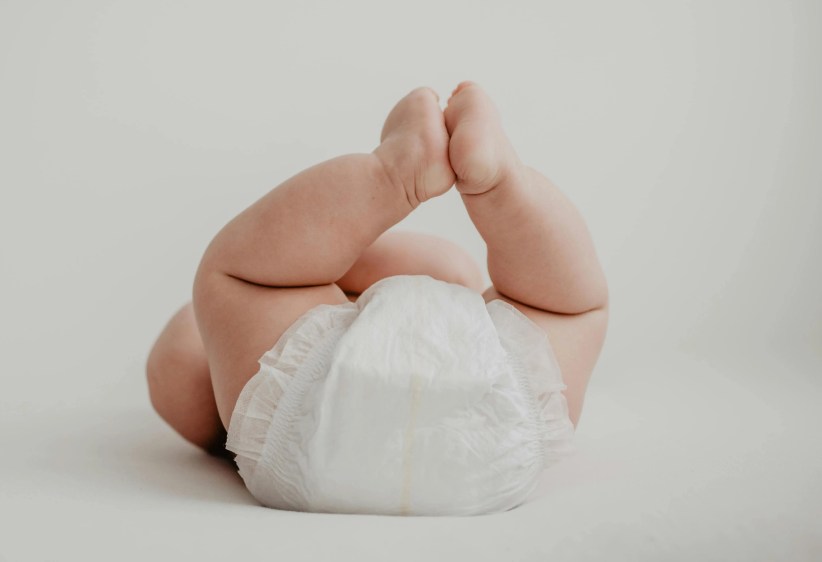 Earlier this month, the American Academy of Pediatrics released their updated recommendations for safe sleep for babies. Officially titled “SIDS and Other Sleep-Related Infant Deaths: Updated 2016 Recommendations for a Safe Infant Sleeping Environment,” the recently-released info detailed 19 best practices for safe sleep and for reducing SIDS.
Earlier this month, the American Academy of Pediatrics released their updated recommendations for safe sleep for babies. Officially titled “SIDS and Other Sleep-Related Infant Deaths: Updated 2016 Recommendations for a Safe Infant Sleeping Environment,” the recently-released info detailed 19 best practices for safe sleep and for reducing SIDS.
Read the list below for the 19 recommendations–which include best practices like “back to sleep” and “use a firm surface,” as well as lesser known pieces of info like the importance of tummy time for sleep development and a caution against some commercial monitoring devices–is below, and you can read the official document in its entirety HERE.
To learn more, visit pediatrics.aappublications.org!
1. Back to sleep for every sleep.
2. Use a firm sleep surface.
3. Breastfeeding is recommended.
4. It is recommended that infants sleep in the parents’ room, close to the parents’ bed, but on a separate surface designed for infants, ideally for the first year of life, but at least for the first 6 months.
5. Keep soft objects and loose bedding away from the infant’s sleep area to reduce the risk of SIDS, suffocation, entrapment, and strangulation.
6. Consider offering a pacifier at nap time and bedtime.
7. Avoid smoke exposure during pregnancy and after birth.
8. Avoid alcohol and illicit drug use during pregnancy and after birth.
9. Avoid overheating and head covering in infants.
10. Pregnant women should obtain regular prenatal care.
11. Infants should be immunized in accordance with recommendations of the AAP and Centers for Disease Control and Prevention.
12. Avoid the use of commercial devices that are inconsistent with safe sleep recommendations.
13. Do not use home cardiorespiratory monitors as a strategy to reduce the risk of SIDS.
[gravityform id=”15″ title=”false” description=”false” ajax=”true”]
14. Supervised, awake tummy time is recommended to facilitate development and to minimize development of positional plagiocephaly.
15. There is no evidence to recommend swaddling as a strategy to reduce the risk of SIDS.
16. Health care professionals, staff in newborn nurseries and NICUs, and child care providers should endorse and model the SIDS risk-reduction recommendations from birth.
17. Media and manufacturers should follow safe sleep guidelines in their messaging and advertising.
18. Continue the “Safe to Sleep” campaign, focusing on ways to reduce the risk of all sleep-related infant deaths, including SIDS, suffocation, and other unintentional deaths. Pediatricians and other primary care providers should actively participate in this campaign.
19. Continue research and surveillance on the risk factors, causes, and pathophysiologic mechanisms of SIDS and other sleep-related infant deaths, with the ultimate goal of eliminating these deaths altogether.




















